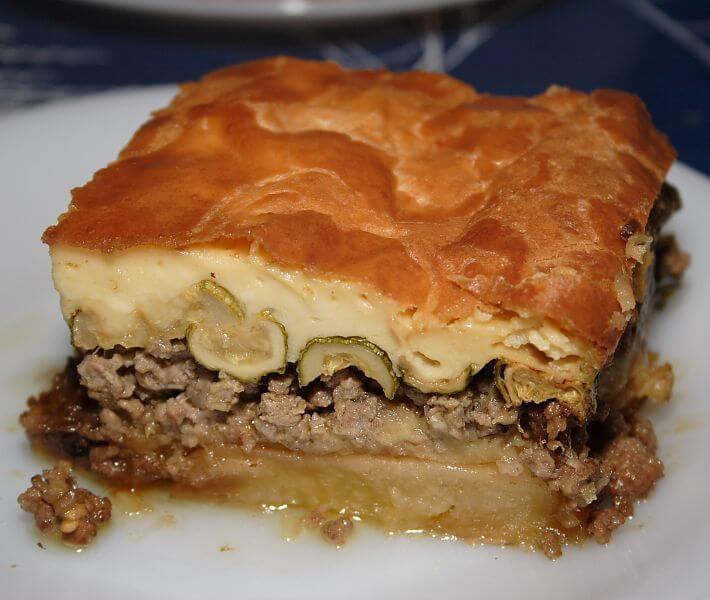30 Healthy Greek dishes to enjoy
Exploring the Delights of Healthy Greek Cuisine
Greek cuisine is known for its vibrant flavors, fresh ingredients, and health benefits. With a rich culinary heritage spanning centuries, Greek dishes offer a delightful blend of Mediterranean flavors and nutrition. From wholesome salads to succulent grilled meats, here are 30 healthy Greek dishes that you can enjoy.




